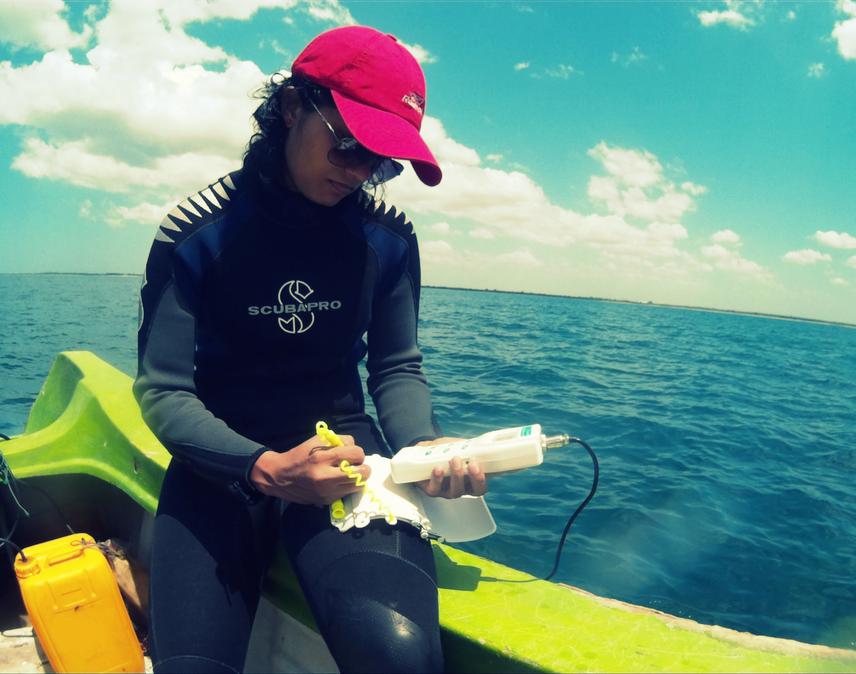Chathurika Subhashini Munasinghe
Other projects
Main goal of this project is to use short-term data to predict long-term outcomes of transplanting and ensuring the long-term survival of seagrasses through local community support.

The remaining seagrass beds in Mannar, Sri Lanka are highly fragmented and therefore greatly diminished in ecological structure and function. This indicates that the seagrass habitats and the associated fauna such as Dugongs face a high risk of local extinction in the medium-term future. Therefore, existing seagrass beds in Mannar, Sri Lanka need to be conserved and expanded in order to rehabilitate the dugongs that were common along the Northern coastal waters in the past but now threatened mainly due to seagrass habitat destruction.
The main goal of this project is to restore seagrasses and create healthy sea grass habitats with special emphasis on seagrasses fed by dugongs through local community support. Restoration of bay of Mannar seagrass beds will also attract and benefit other fauna associated with them such as fishery species, sea turtles, sea horses and many other species. The restored seagrass beds and the associated fauna will be protected, monitored and maintained in the long term future with the support from local community. The approach of the method for planting, growth and development enables long-term predictions of the outcomes to be made from different species for transplanting.
Our purpose is to educate people and conduct research on seagrass restoration, since this is the first of its kind in Sri Lanka. Workshops will highlight the relationship between the environment, livelihood, tourism, proper waste management, biodiversity conservation, Mannar’s marine species, discussion on environment and fisheries law, climate change adaptation and mitigation and disaster risk management on selected topics. These participants will also get chance to involve in the restoration or pre preparation stage of the project.